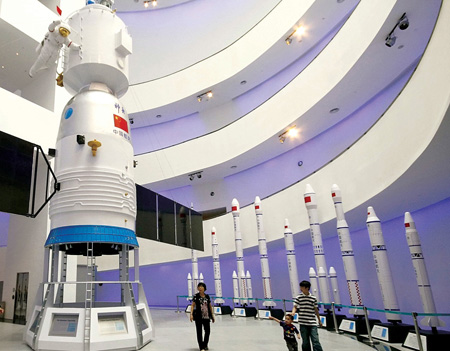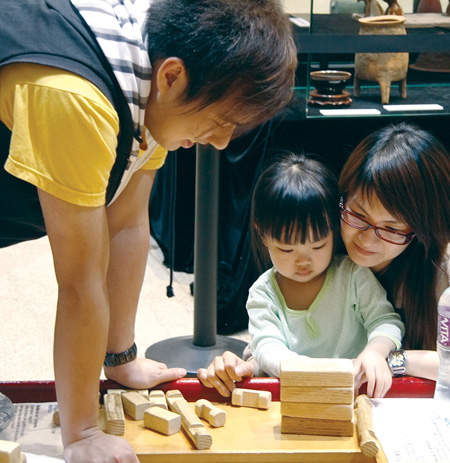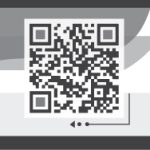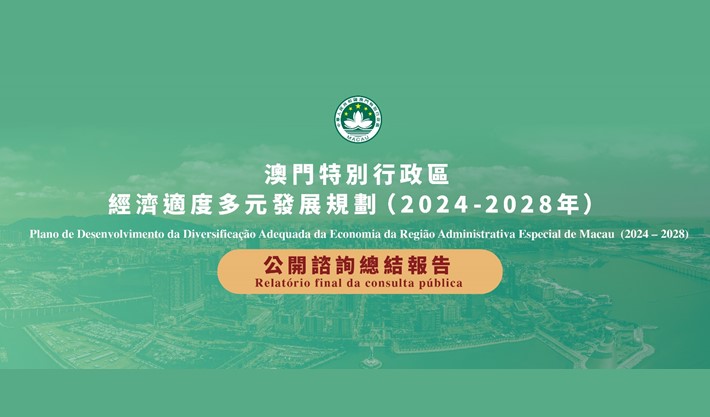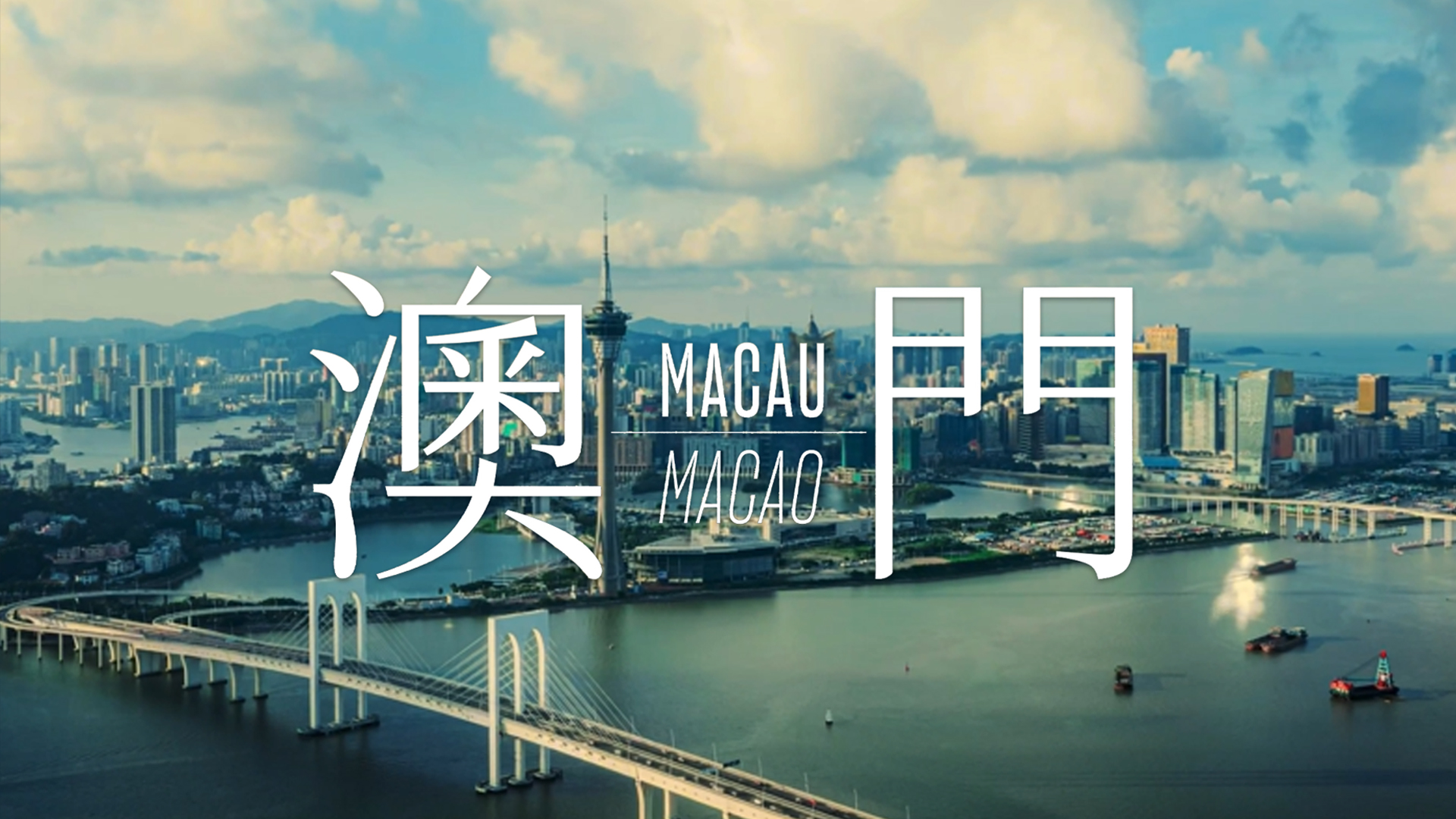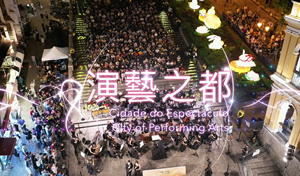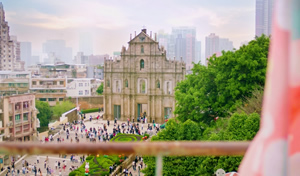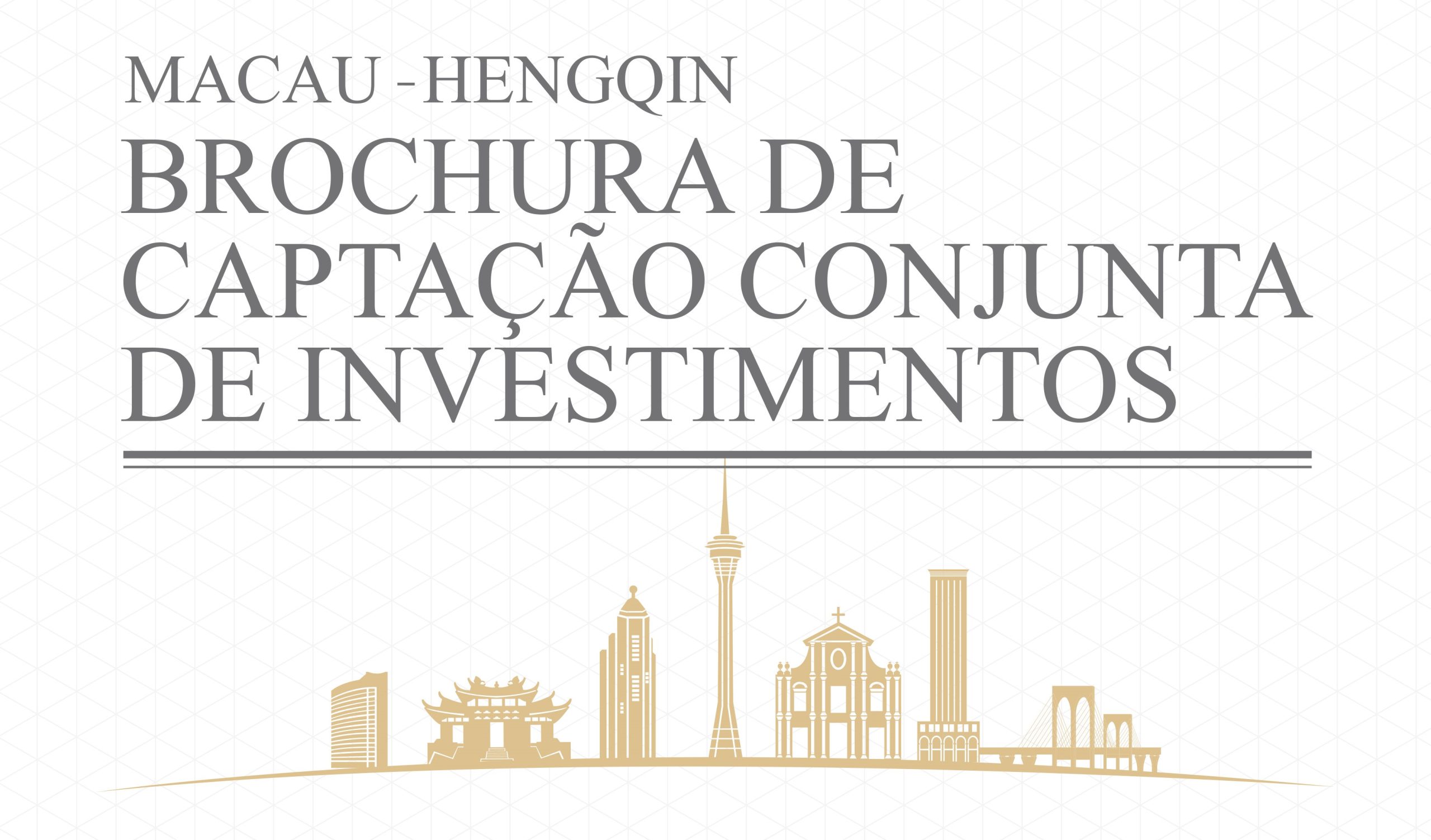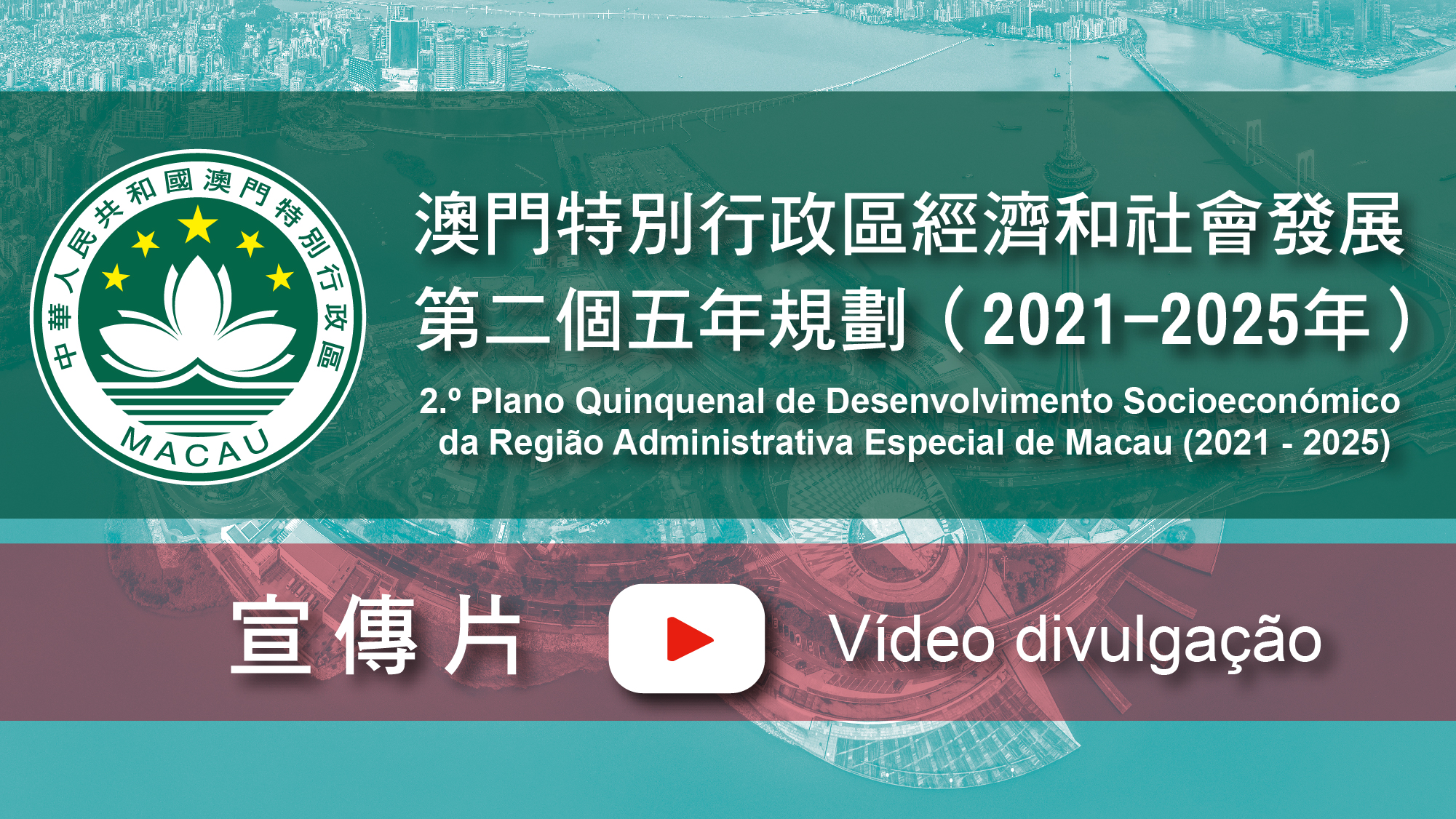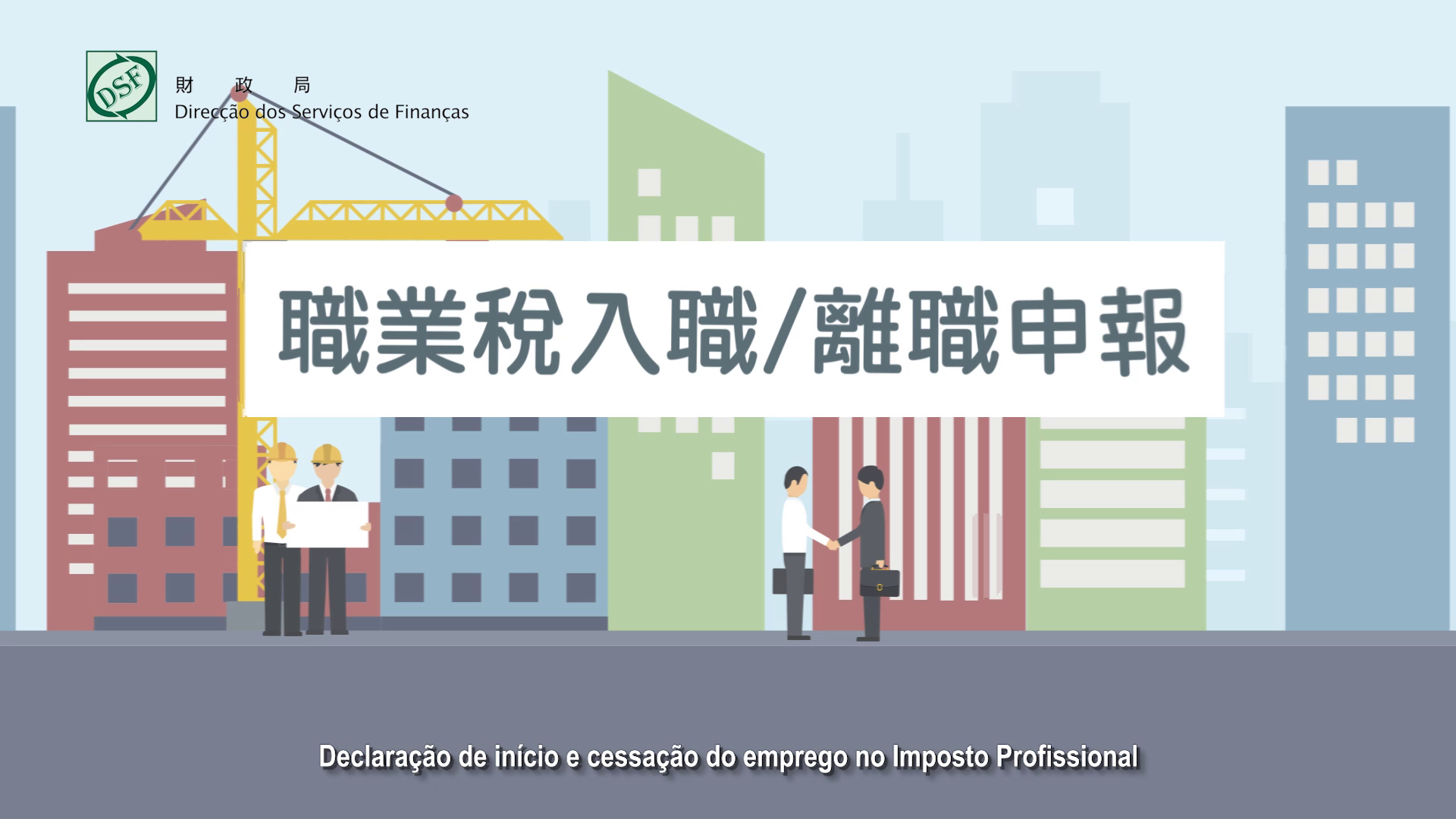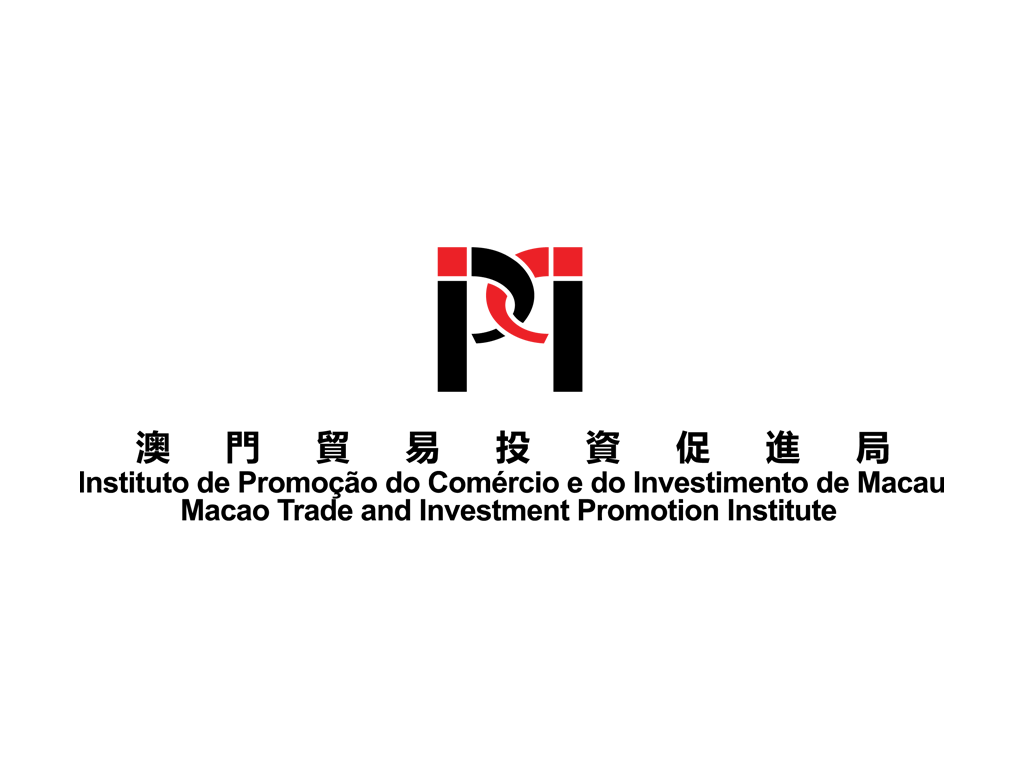Pesquisar
A Giant Stride Forward for Macao’s Popular Science Education
An interview with Mr. Vitor Ng,Chairman of Macao Science Centre Ltd.
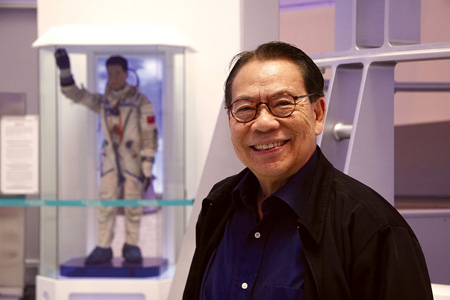
Mr. Vitor Ng, Chairman of Macao Science Centre Ltd.
Popular science education is the national development strategy through science and technology, aimed at
improving national scientifi c and technological awareness, plus developing the overall capability to research and apply science and technology as well as attaining prosperity for the whole of society as the ultimate goal. President Hu Jintao opened the Macao Science Centre in a ceremony on 19 December 2009. The centre was offi cially opened to the public on 25 January this year, turning a new page in the history of Macao’s science education. Macao’s science education isn’t base on imagination like in the past, now could be seen, felt and experienced. Mr. Vitor Ng, President of the Macao Foundation and Chairman of the Macao Science Centre, gave a detailed account of the history of the Macao Science Centre.
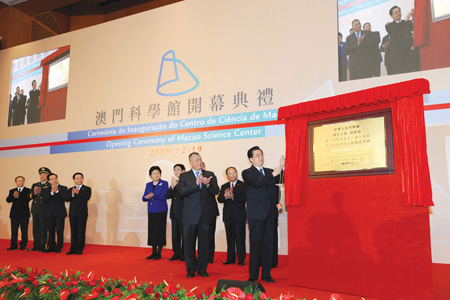
The Origin of Macao Science Centre
After the establishment of the Macao SAR, the government felt the need to create a popular science
education base in Macao. After collecting opinions from various sources, the then Chief Executive Edmund Ho Hau Wah made the decision to build the Macao Science Centre with fi nancial sponsorship from the Macao Foundation. Mr. Vitor Ng said that according to the original design,the Centre’s main goal was to provide popular science education and secondly, it was to become a new landmark for tourists to the city.
A new landmark needs something to make it stand out. “To invite Mr. I. M. Pei and his team to design the blueprint of the science centre was a very attractive idea in itself,” Mr. Vitor Ng said during the interview. The diamond-shaped base, the silver-grey slanting cone and round body stand on reclaimed land at the edge of the outer harbour. To build the Macao Science Centre there could on the one hand solve the issue of land-use and on the other enable passengers in vessels bound for the exterior harbour to see the new landmark building.
The science centre needed not only a good external appearance, but also a rich variety of contents to realise its ultimate goal of promoting popular science education in Macao. Mr. Vitor Ng admitted that due to a lack of experience and specialised professionals, they decided to organise a delegation to visit and learn from neighbouring regions and then to select and buy exhibits from both domestic and overseas sources.
There are two special exhibition halls and 12 permanent halls in the science centre. The permanent halls are divided into four categories: children, science and technology, environment and lifestyle. The No.1 Hall of Space Sciences, No.9 Hall of Earth Sciences, the No.10 Hall of Environmental Protection and the No.14 Hall of Food Sciences are still under construction but all the other halls are now open to the public.
A Surprise: Families Learning about Science Together
“Is this Chang’s Seismograph?”
“Could we build an earthquake-safe-house with these
wood pieces?”
“Did it hit Newton right on the head?”
Such conversations can be heard during weekends and public holidays in the science centre. These conversations are held between parents and their children, or among three-generations of families, or even among a group of young people marvelling at some new fi ndings. More often you can hear happy laughter punctuating these conversational interactions.
Mr. Vitor Ng smiled and said, “This is a surprise achievement.” Now the science centre has become a good place for families to gather during holidays and weekends.
Mr. Vitor Ng cannot agree with some people who argue that the science centre is not “scientifi c” enough and only suitable for children. He said, “This is not the place for scientifi c research and development, but a place for popular science education.” The goal of popular science can be reached if people of different ages are able together to learn and study the sciences together.
Mr. Vitor Ng indicated that the science centre would to take more proactive steps in future to co-operate with schools to arrange visits for pupils during off peak periods. They are now preparing a Robot DIY activity which is suitable for middle school pupils and an exhibition on life sciences. It will become a good venue for young people to learn while playing, Mr. Ng said.
What’s more, to be ready in time for the summer holidays, people are working very hard on the No. 1 Hall of Space Sciences to get it open to the public by then so as to provide another activity for the children to entertain themselves. Mr. Vitor Ng gave a clue as to what to expect, “The space-cabin and weight-loss demonstration will surely be very attractive.”
Convention and Exhibition Facilities and Tourist Sites
At the centre of the Hall of Space Sciences in the science centre, there are a surround screen, a 3-D digital cine-projector and 135 chairs with interactive control buttons. Audiences can enjoy the visual effects of the 3-D surround screen with special glasses.
Mr. Vitor Ng said proudly, “The 3-D surround screen will remain a world leader for the next two to three years. We shall frequently introduce different themed fi lms in order to retain its originality.”
The four convention areas inside the science centre will be operated according to international norms and can be rented out to government departments or in cooperation with other organisations on a commercial footing so as to balance the budget
Corporate Style Management
Mr. Vitor Ng, who is very familiar with business operations, knows only too well that it is not easy to establish a science centre and harder to maintain its attraction. He said, “Exhibits should not be changed too frequently to prevent waste; neither should they be on display too long so that people are bored with them.” The annual operating cost of the science centre is estimated to be MOP80-85 million, with the income to come mostly from ticket sales. It is expected to attain a net profi t of MOP5-6 million every year.
Presently the science centre is open six days a week and is closed on Thursdays and Lunar New Year’s Eve. On average 1,000 people currently visit the centre every day, with lowest fi gure being 400-500 per day, and highest at around 3,000. It is estimated that the total annual number of visitors could be 330-350 thousand. Mr. Vitor Ng manages the science centre as if it is a business entity and he hopes that “by maximising output after fi nancial input, it can attract more visitors and avoid unnecessary expenses.”
Mr. Vitor Ng conducts a thorough examination of the whole centre every week and reviews the building, decoration, equipment, staffi ng and regulations of the centre to make sure that they meet public needs. He said, he has also learnt a lot while managing the science centre. It is a rare and meaningful way to enrich one’s life while serving the public.
